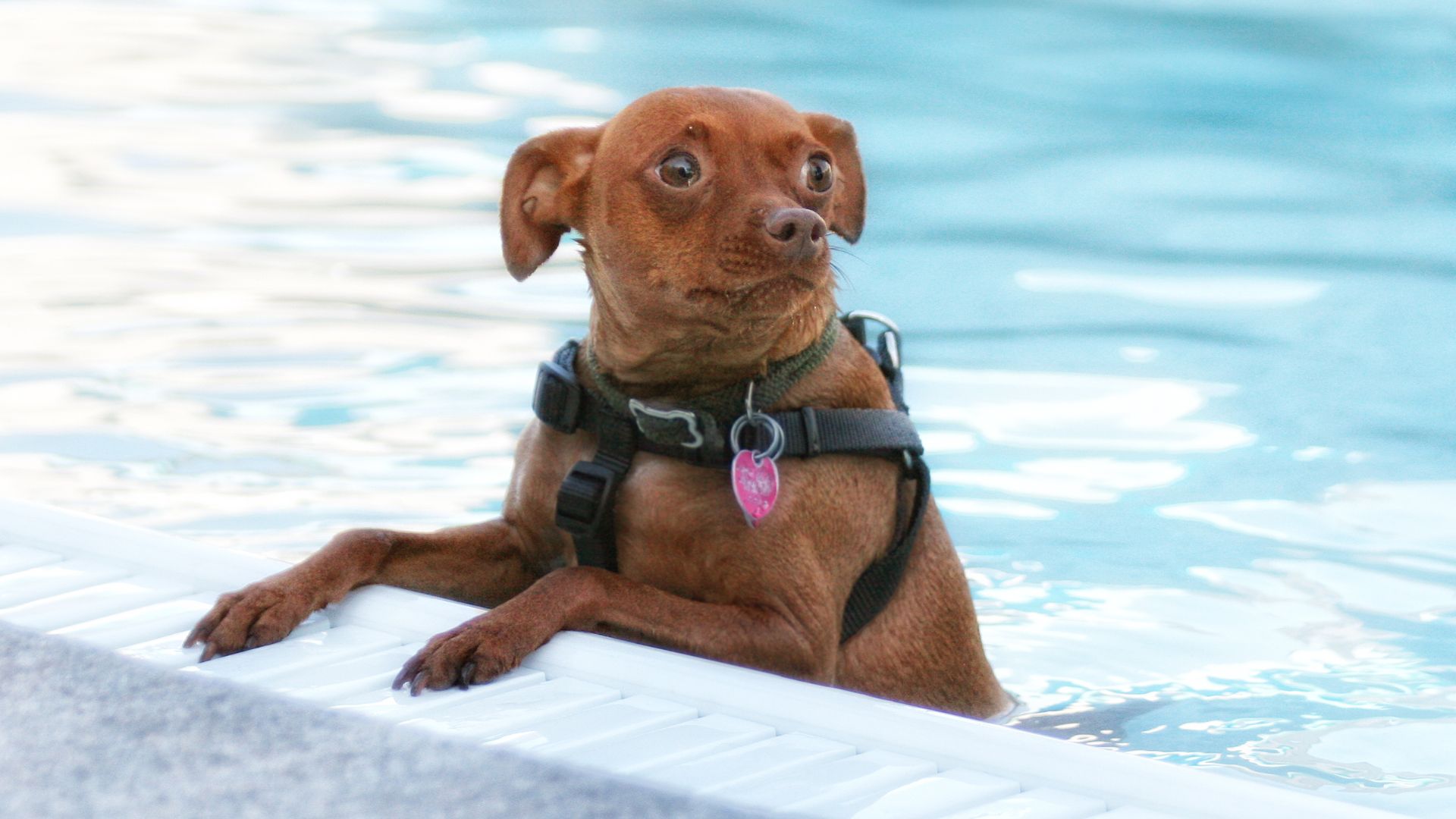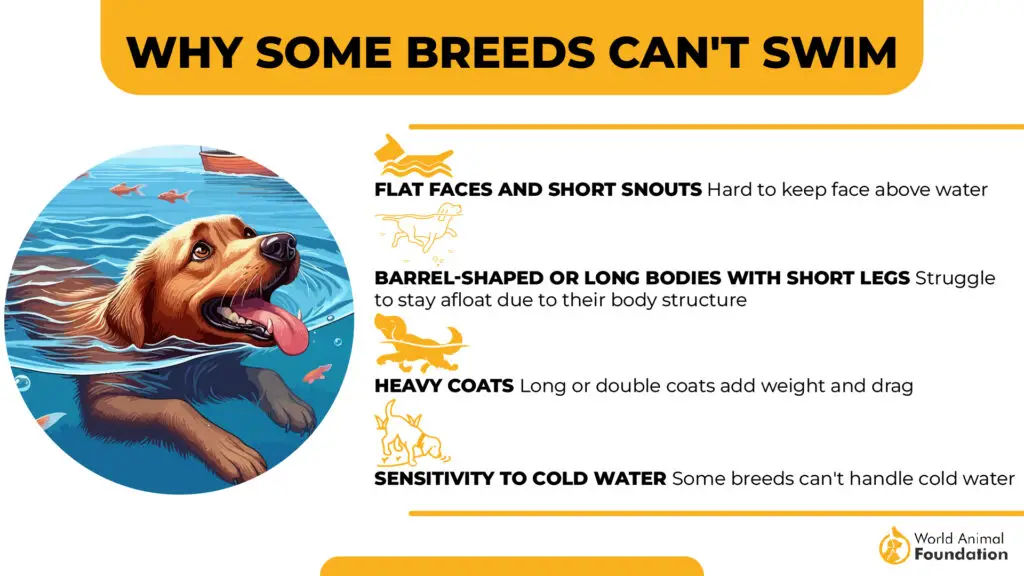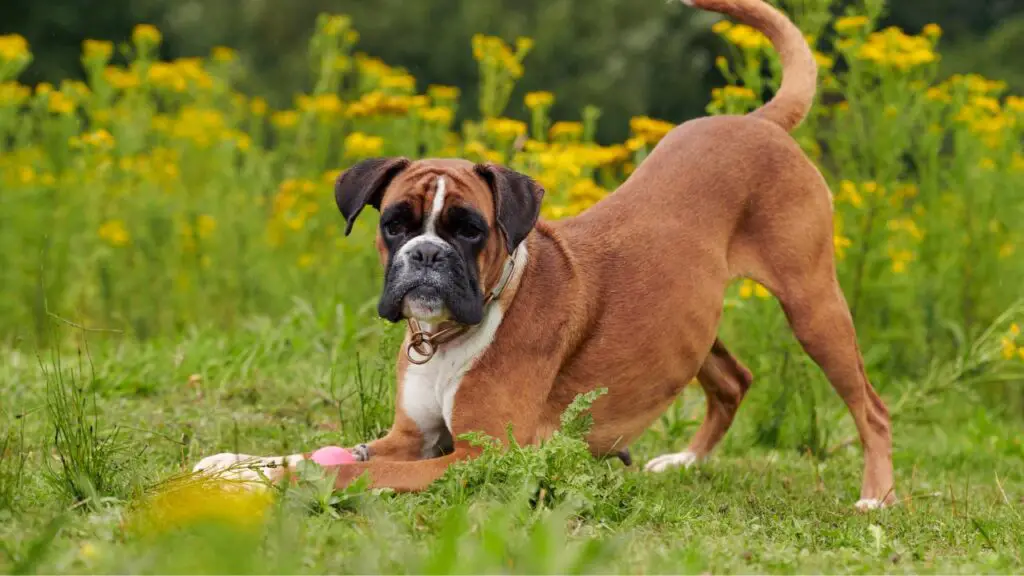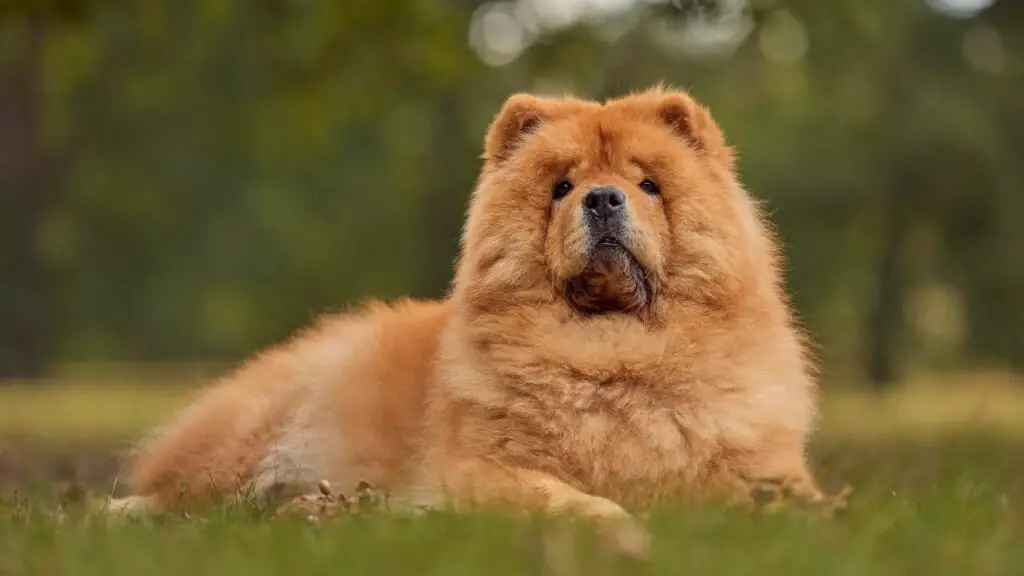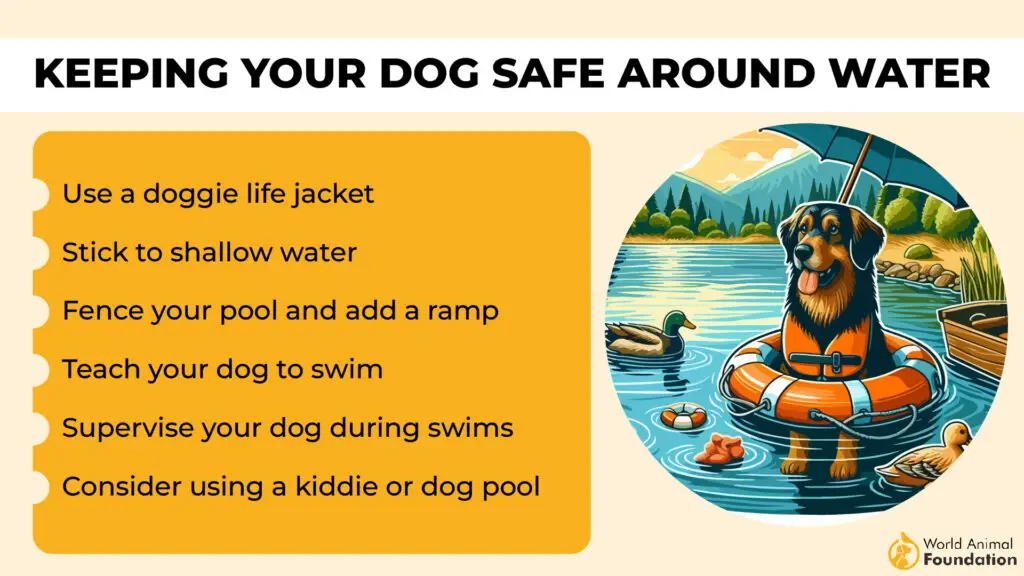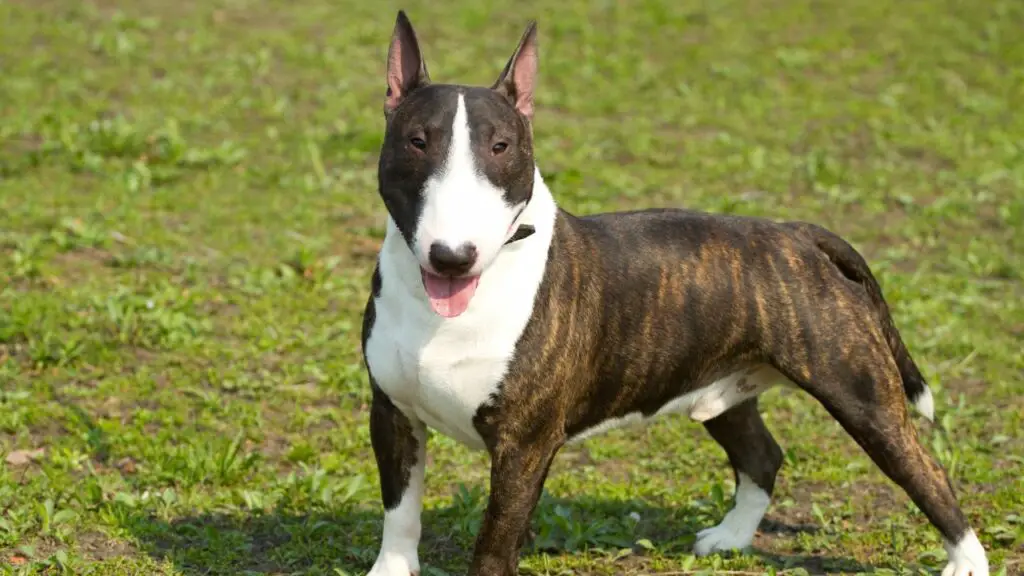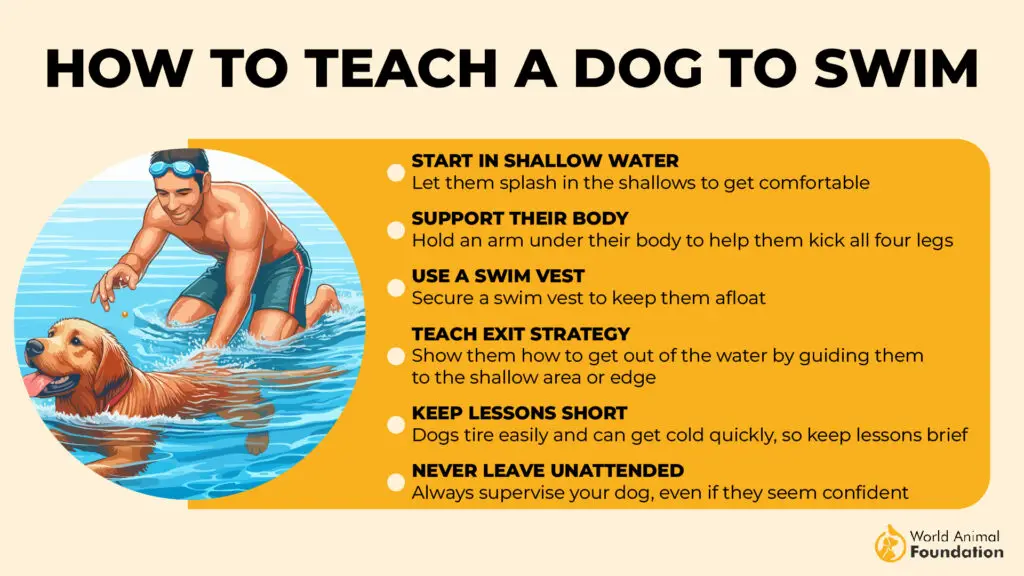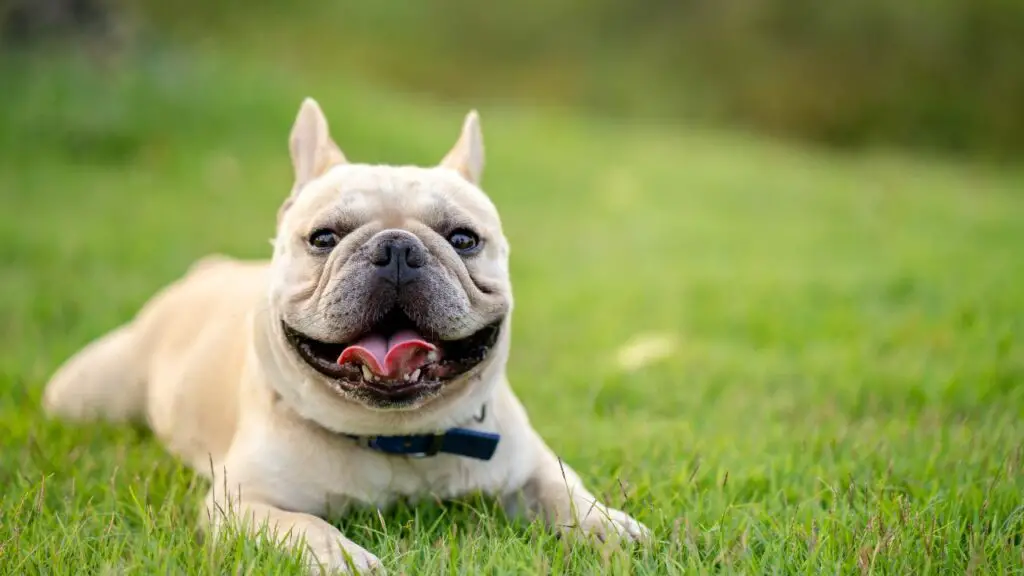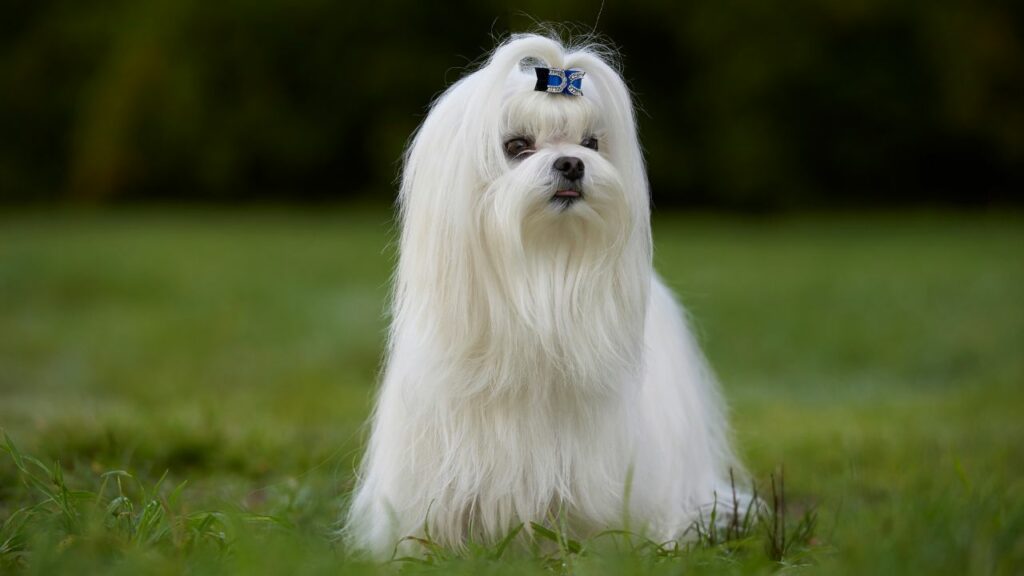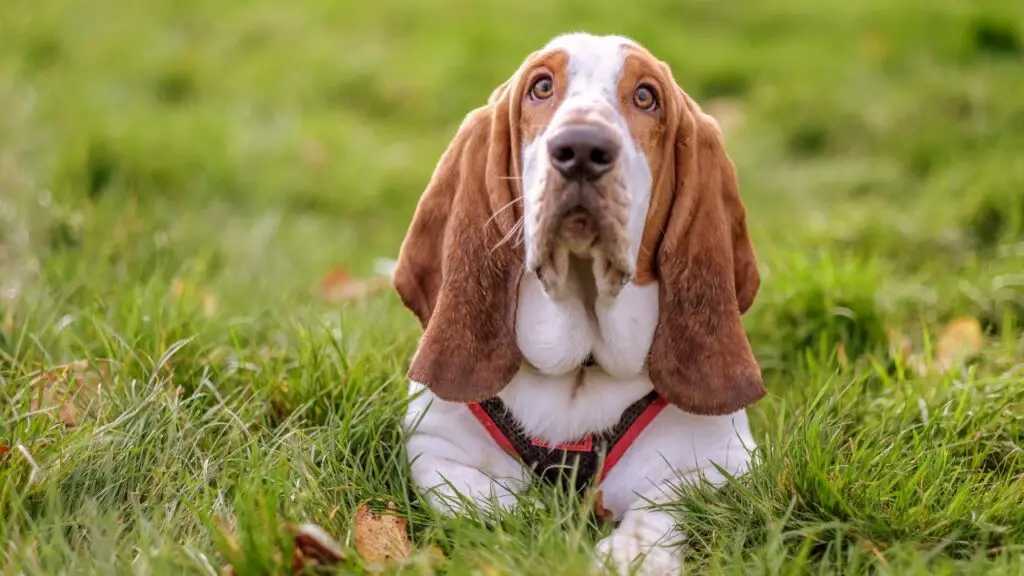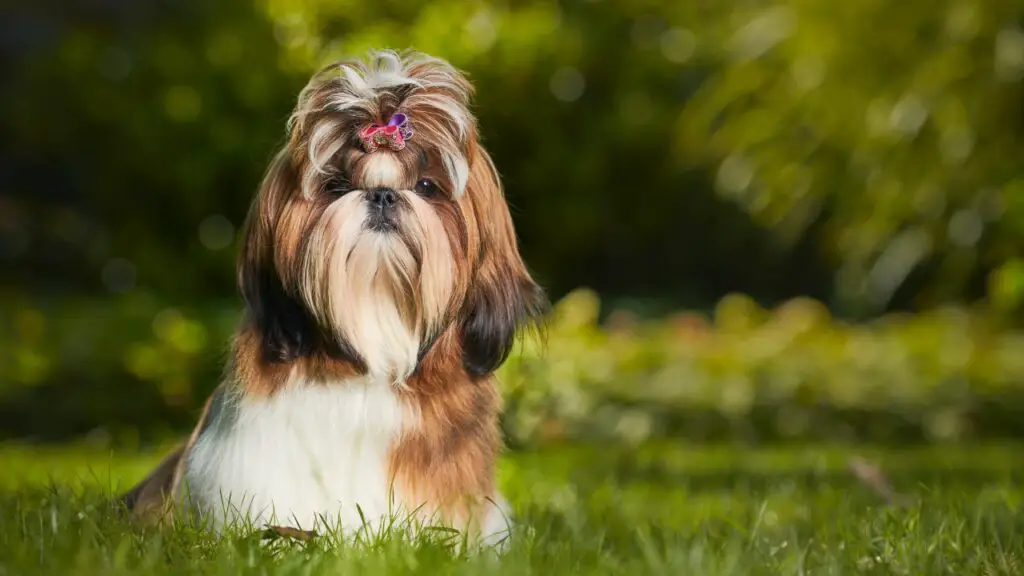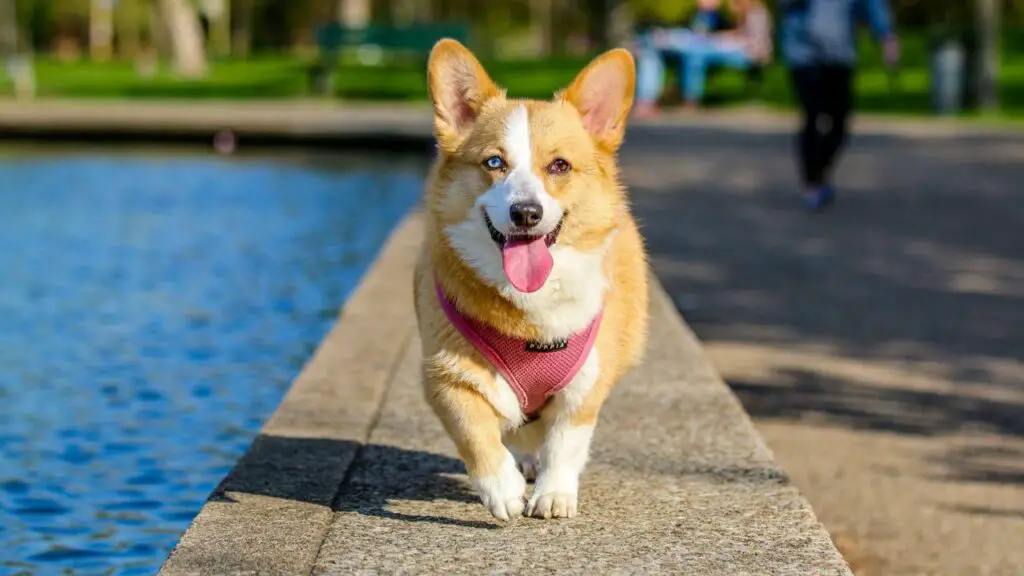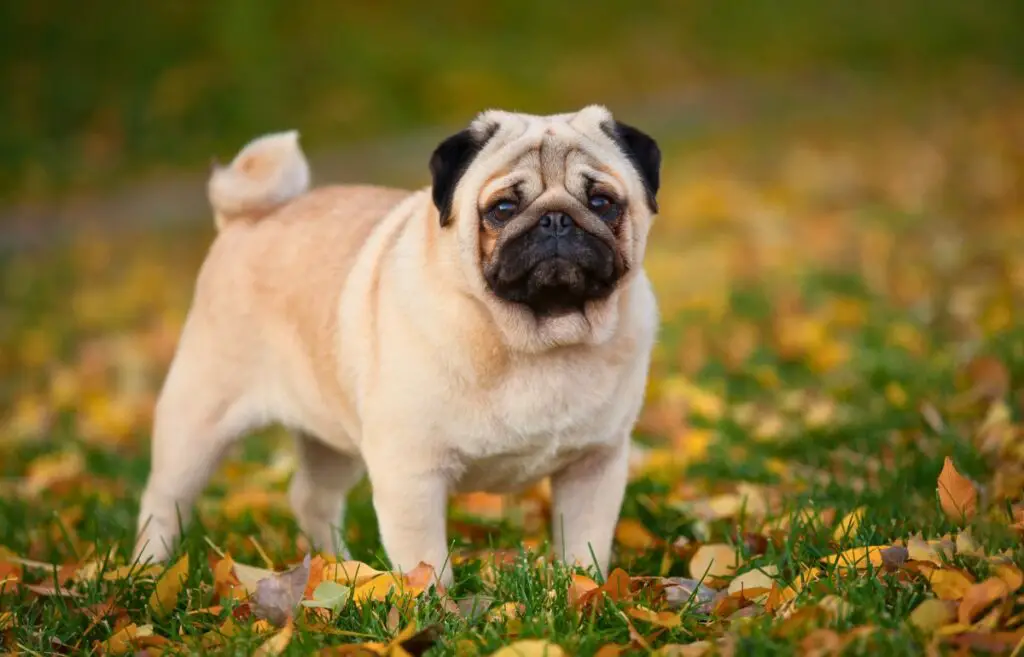While the image of a happy dog paddling comes easily to mind, not all breeds are built for the water. Genetics play a significant role in a dog’s swimming ability, and some breeds simply lack the physical characteristics to stay afloat safely. This guide explores nine dog breeds that struggle in the water, highlighting their limitations and emphasizing the importance of understanding their specific needs. Knowing these limitations is crucial for responsible pet ownership, ensuring the safety and wellbeing of these breeds around water.
Pets are cherished members of our families, and more than ever, they are joining us on vacations. For those planning trips to lakes, rivers, and coastal areas, it’s crucial to consider how your pet interacts with water. It’s actually a myth that all dogs are natural swimmers. Some breeds simply don’t take to water at all.
Some breeds just don’t enjoy being near water and may have a harder time staying afloat and regulating their body temperature due to low body fat. Dogs with flat faces or very short snouts often struggle with swimming because water can easily get into their noses, making them prone to drowning. Dogs with big, barrel-shaped bodies or those with long bodies and short legs also have a hard time staying afloat. Additionally, dogs with long or thick double coats can find swimming difficult because their fur gets heavy when wet.
Curious about which dog breeds might prefer staying on dry land? Here are some of the more commonly known breeds that might not be natural swimmers. If you have one of these breeds, it might be wise to reconsider those beach trips or take extra precautions to ensure their safety around water.
Dog Breeds That Can’t Swim
1. Boxers
Boxers are not typically known as water dogs. Originating from Germany, they were primarily bred for hunting, guarding, and herding. Physically, Boxers are built more like sprinters than swimmers, with broad chests and muscular builds that make swimming difficult. Their lack of a substantial tail and deep-chested body contribute to this challenge.
@embates82
Like a beautiful swan . #boxersoftiktok #badswimmercheck #waterisscary #imunderthewater
♬ Im under the water –
Boxers also have short snouts, which prevent them from keeping their noses above water for long. This makes it hard for them to breathe while swimming, and they can quickly tire and risk drowning. Additionally, many Boxers have short-cropped ears, which can allow more water into their ears compared to dogs with long, floppy ears. Without a history of swimming, purebred Boxers don’t have webbed feet, making their paws less efficient for paddling.
However, with patience and plenty of treats, many Boxers can learn to enjoy the pool. They often prefer playing with water from a hose, which can be a fun way for pet parents to help their Boxers cool off.
2. Chow Chow
The Chow Chow has a long history, dating back almost 2,000 years in China, where they were bred as hunting and guard dogs. These visually stunning dogs are known for their independent nature, which requires patient training. One important aspect for Chow Chow owners to be aware of is their dislike of water.
Chow Chows have a unique fluffy double coat that can be a hazard in water. The double coat absorbs water, weighing them down and creating a risk of drowning if they are left unattended. When taking a Chow on a boat ride, it’s crucial to use a properly-sized dog life jacket.
Due to their heavy coats, Chow Chows can easily overheat in the summer, so they need access to shaded areas to stay cool.
Chow Chows prefer to keep their paws on solid ground and tend to avoid water larger than a bathtub. To prevent accidental injuries, it’s important to put up safety nets around pools or ponds, especially when children are playing nearby.
3. Bull Terriers
Bull Terriers are descendants of the bull-and-terrier breeds, which were crosses between bulldogs and terriers used for dog fighting in the early 1800s in Europe. Although they belong to the active terrier group, Bull Terriers can struggle to stay afloat. These athletic and fun-loving dogs are always up for an adventure, but their dense, muscular bodies and short legs make swimming a challenge.
Additionally, Bull Terriers have large heads that are disproportionate to their bodies, making it difficult for them to keep their heads above water while paddling. While your Bull Terrier may enjoy being around water, they should stick to wading in shallow areas and only when supervised.
@jl_gyno
#animals #animalslover #justforfun #funny #funnyvideos #bullterrier #swimming #pool #scared #thanksforwatching
♬ original sound – ☆𝙂𝙮𝙣𝙤☆
To help your Bull Terrier learn to swim, treat the process similar to teaching a child—by having them watch and imitate other dogs or people swimming. Always ensure your Bull Terrier wears a life vest when near water, especially if there are other animals around.
4. Bulldogs
Most Bulldogs are poor swimmers because they were not bred for retrieving or hunting sports. Originally, Bulldogs were bred for the brutal sport of bull-baiting, where they had to fight bulls, a practice that is thankfully now illegal.
Their iconic short, stout bodies and muscular stature make swimming challenging. Bulldogs have short snouts that restrict airflow and cause breathing difficulties, especially when swimming.
Additionally, bulldogs’ short legs are not conducive to the doggy paddle, which is the natural swimming style for most dogs. Their legs are too short to generate enough force to propel them forward in the water. As a result, these brachycephalic breeds usually can’t move effectively in water.
View this post on Instagram
However, bulldogs enjoy wading in shallow water on hot days. It’s essential to keep the water no higher than their elbows and never leave them unsupervised, as they can easily drown. Providing a kiddie pool for your Bulldog to cool down is highly encouraged, as they can quickly overheat from exercise or warm temperatures.
5. Maltese
The Maltese is a toy dog breed renowned for its luxurious, floor-length white coat and playful personality. Originating from the Mediterranean island of Malta, these dogs have been loyal companions for centuries.
Maltese dogs were not bred for swimming, and they generally lack strong swimming abilities. Their small stature and relatively short muzzles make swimming more challenging compared to breeds with longer limbs and stronger swimming instincts. Additionally, their long, flowing coats can become heavy when wet, making it difficult for them to stay afloat.
@natashachloeromanoff
Failed attempt at learning how to swim #summer #learningtoswim #pool #heatwave #pooltime #drama #maltese
♬ Apple Pie – John Griggs
It’s always a good idea to supervise your Maltese closely around water to prevent any potential mishaps. While some Maltese dogs might enjoy splashing in shallow water or wading in a pool, it’s important to remember that they are not built for extensive swimming.
6. Basset Hound
Basset Hounds are believed to have originated in France, where they were used for hunting prey such as rabbits and hares. Essentially, they are full-sized Bloodhounds with very short legs and a long back, along with a disproportionate amount of weight in their chest area.
Basset Hounds have large, spongy feet, but unlike retrievers, they do not have webbed feet. Their short legs result in a very short swimming stroke. While they are excellent trackers and great hunters, they are more docile and not built for long-distance running.
View this post on Instagram
In the water, Basset Hounds struggle due to their poor weight distribution and short legs, making it hard for them to keep their heads above water. They tire easily and can become disoriented and panicky quickly. Additionally, their large, floppy ears, which are a trademark of the breed, are prone to infections when water gets into the ear canal.
Because of these challenges, it’s important to closely supervise Basset Hounds around water to ensure their safety.
7. Shih Tzus
Shih Tzus are often seen as lap dogs, but they are intelligent and love to play and participate in various activities. However, like many smaller breeds, Shih Tzus face several challenges when it comes to swimming.
Shih Tzus are not built for swimming due to their physical characteristics. They have short legs and flat faces, which make swimming difficult. Their thick, dense coats can also weigh them down in the water or cover their faces, making it hard for them to breathe. Because of these factors, Shih Tzus lack the stamina necessary for safe swimming and may panic in the water, increasing their risk of drowning.
Additionally, Shih Tzus can catch a chill from spending too much time in the water. It’s important not to force your Shih Tzu into the pool. If your dog shows interest in swimming, always use a life vest and closely monitor them for any signs of distress.
8. Corgis
Corgis may be short and stout, but they are also very athletic and powerful—on land! Originally bred to herd sheep and cattle, these confident little dogs might think they can handle swimming, but in reality, they aren’t known for being great swimmers.
Both the Cardigan Welsh Corgi and the Pembroke Welsh Corgi struggle with swimming due to their long bodies, barrel-shaped chests, and disproportionately short legs. While they might enjoy being around water, their physical characteristics make it difficult for them to swim effectively.
If your Corgi loves water but isn’t keen on swimming, there are still plenty of water activities they can enjoy. They can splash in the shallows, wade in a kiddie pool, or enjoy the sea air from the safety of a boat—just make sure they are wearing a life vest for safety.
9. Pugs
Pugs have been beloved companions for centuries, originating as early as 400 B.C. in China, where they were bred as lap dogs for the wealthy. With their distinctive flat noses, wrinkled foreheads, and curled tails, Pugs are easily recognizable.
Pugs can’t swim well due to their facial structure and body shape. Their short snouts and compact, dense bodies make it difficult for them to stay afloat and move in the water. The risks for Pugs trying to swim include breathing difficulties, fatigue, and hypothermia. Pugs are prone to respiratory issues, which can worsen in water. Their short legs and limited stamina also make them susceptible to exhaustion.
Pug owners should consider alternative water activities to ensure their pet’s safety. Instead of swimming, Pugs can enjoy playing in shallow pools or with supervised water sprinklers. It’s important to keep them away from deep water and always use appropriate safety measures.
Conclusion
Not all dogs are natural-born swimmers. Certain dog breeds, such as Bulldogs, Pugs, and Basset Hounds, struggle with swimming due to their dense bone structure and physical characteristics. While breeds like Golden Retrievers excel in the water, many dog breeds find it challenging to stay afloat and perform the dog paddle effectively.
Dog owners should be cautious when taking their pets to a swimming pool or other bodies of water. To ensure safety, always use dog life jackets and supervise closely. Many dogs can still enjoy water activities in a controlled environment, but understanding the limitations of each breed is crucial to prevent accidents.
While many dogs enjoy a refreshing dip, certain breeds struggle due to their physical conformation. Brachycephalic breeds, like Bulldogs and Frenchies, face breathing challenges, while breeds with dense coats or short legs, like Dachshunds and Basset Hounds, may tire easily. Understanding your dog’s breed-specific limitations is crucial for water safety. Never force a dog to swim and always provide appropriate flotation devices and supervision. Prioritizing safety allows all dogs to enjoy water-related activities in a safe and enriching manner.

